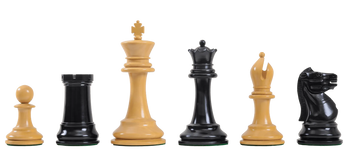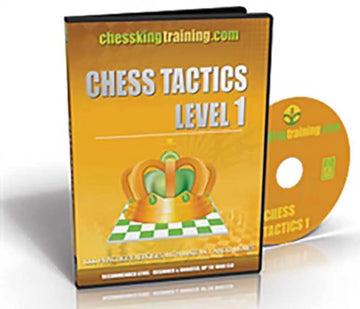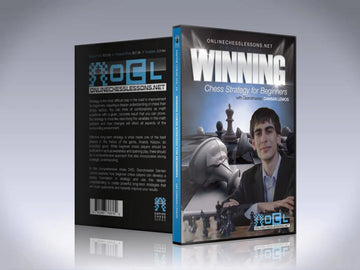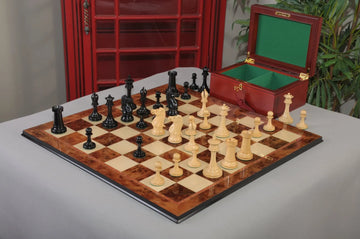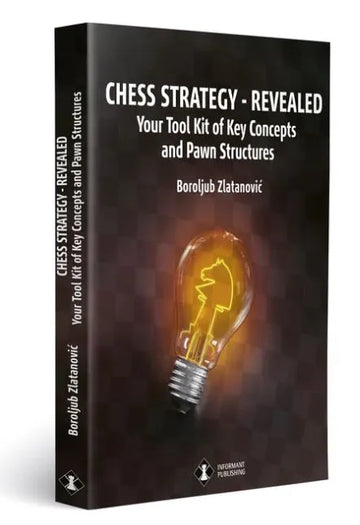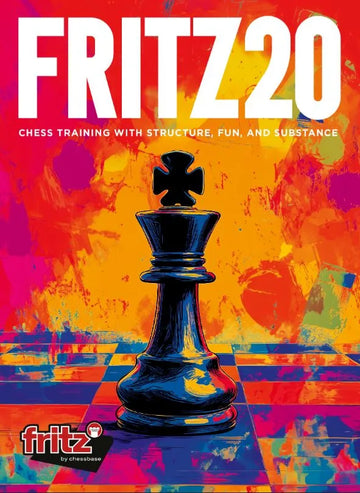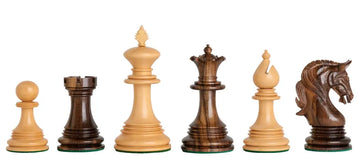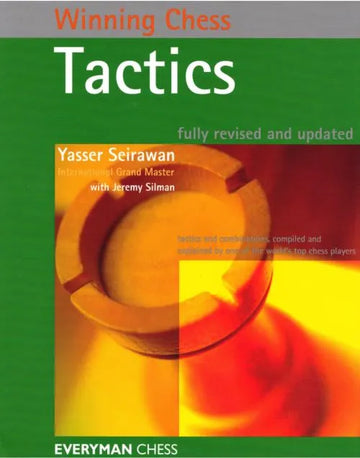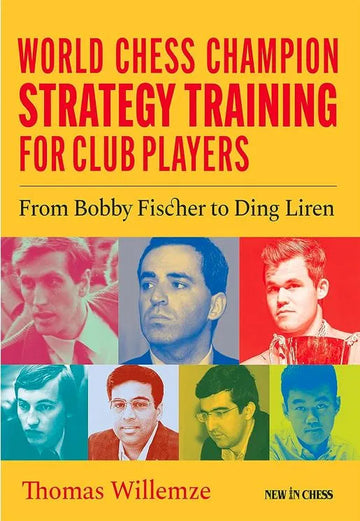Chess Strategy Vs Chess Tactics: Key Differences
Chess Strategy and tactics are often thought to have a similar meaning. In fact, they are dramatically different concepts, and this is especially true in chess.
Both are crucial to excelling in the game. Let’s explore how these two ideas differ and how using both can make you a better player.

Defining Chess Strategy
In chess, a strategy is a plan to gain an advantage and ultimately win the game. Rather than looking for immediate opportunities to win material, strategy involves foresight and long-term planning. When you make a move in chess, it should serve your overarching strategy.
Thinking strategically means looking ahead. In the opening, strategic moves will be ones that set you up for an advantageous middlegame. In the middle game, the strategic player is already considering how a possible endgame will take shape.
Specifically, this means analysing certain aspects of the game like pawn structure, piece activity, and king safety. A key to thinking strategically is understanding what a positional advantage is and how to exploit imbalances in a position. We’ll look more at this later.
Further Reading: Key Elements of Chess Strategy
Defining Chess Tactics
Tactics are all about finding an advantage in the short term. A tactic is a move or combination of moves that will enable you to win material, get an immediately better position, find a draw or stalemate in a losing position, or checkmate your opponent.
Tactical motifs, like forks, skewers, and pins, are forcing moves that pressure your opponent into a bad position by doing multiple things at once. Effective tactics force your opponent to defend and ultimately concede a material or positional advantage.
Further Reading: Drill Your Chess Tactics!
Key Differences
Now that we’ve seen the fundamental difference between chess tactics and strategy, let’s look at some specific comparisons.
Long Term Planning Vs Short Term Calculation
Tactics in chess require skills like board awareness and calculation. Strategy requires an understanding of how chess games progress and the positional knowledge to plan for a future position. Overall, tactics are a short series of moves. A strategy may span a whole opening, middlegame, or endgame.
Tactical Endgame Example
Here is a tactical example in the endgame: White to move.

White wins using a tactic called attraction. They play Rd7. This “sacrifices” the rook, but if the queen captures (Qxd7), then White forks the queen and the king (Ne5+). This allows white to promote. The better move for Black is to allow White to capture the queen with the rook and then recapture with the king, but this is still losing.
This tactic requires calculating a few moves in advance, understanding the tactical motifs of attraction and forks, and good board awareness. It is a short combination that wins the game for the player with the white pieces.
Chess Strategy: Strategic Middlegame Plan
In the Caro-Kann Defence, a common strategy for Black is to launch a minority pawn attack and create a favorable endgame.

The plan is to use your two pawns to attack your opponent’s four. The goal is to isolate and weaken two of their pawns, which you will then pressure and eventually capture with your pieces. Then, you simply convert an advantageous endgame.

This is a strategy because it could take shape in a variety of ways and may take the majority of the middlegame to enact.
Material Vs Positional Advantages
Tactics are not always about winning material. They can also be about finding a checkmate, creating a winning position, or even salvaging a draw from a lost position. However, perhaps the most common way to gain an advantage through tactics is to capture one of your opponent’s pawns or pieces.
Conversely, your strategy or long-term plan cannot simply be to capture your opponent’s pieces. This is something you have to look for with shorter combinations. Instead, a strategy should lay out how to structure your pawns and pieces, and how to attack your opponent's position.
The chess strategy we saw above could be expressed like this: Create a minority attack to isolate two of my opponent's pawns. Put pressure on these pawns until one or both can be captured. Trade as many pieces as possible and force an endgame in which I will have an additional one or two pawns.
As you can see, the strategy involves using positional play and a small imbalance to eventually win material and create an advantage. It requires that you know that an isolated pawn is weak and involves other considerations like preventing any meanwhile attack on the king.
Related: Positional Vs Tactical Chess: Which is Best For You
Flexibility Vs Precise Combinations
A tactical combination should be calculated as deeply as possible. You may see potential tactical opportunities in a move or series of moves without calculating the full combination. However, this leaves open the possibility of missing an important move your opponent can make.
Chess Strategy: Precise Combination
In this example, Black has to calculate at least 4 moves. While you may see various tactical opportunities, the winning combination is specific.

Black plays Rf1+ and White recaptures with Rxf1. Instead of recapturing with the pawn (which would lead to a draw), Black sacrifices the queen with Qh2+, and White must capture with the king (Kxh2). Now Black plays gxf1=N, under promoting to a knight and forking the king and the queen.
If Black had only calculated as far as recapturing with the pawn, the game would be drawn.
Related: Improve Your Chess Calculation
Flexible Strategy
On the other hand, chess strategies must be flexible. Chess is a game that can change in an instant. If you are so focused on weakening your opponent’s pawn structure that you fail to capture a hanging piece, you are too committed to your plan. This kind of “tunnel vision” is common in chess.
To avoid it, keep reevaluating the position and amending your strategy as needed.

In this endgame, your strategy would be to advance your passed pawns, promote, and win the game. However, if you are over-focused on this plan, you might fail to notice that your opponent has just hung checkmate.
Related: Chess Blindness
Chess Concepts: Strategic or Tactical?
As we’ve seen, chess tactics and chess strategy encompass different kinds of calculating, planning, and thinking in chess. To truly understand the distinction, here are some chess concepts divided up to show whether they relate more to strategic or tactical play.
Table:
| Tactical | Strategic |
| Tactical Motifs: sacrifices, forks, discoveries, pins, skewers, deflection, attraction, double check, interference | Piece Activity: open files, central knights, good and bad bishops, piece coordination, outposts, tempo |
| Tricks and Special Moves: Stalemate traps, underpromotion traps, attraction traps, specific opening traps (for example, the Lasker Trap or Englund's Gambit Trap), waiting moves, triangulation, zugzwang | Pawn Structure: pawn chains, isolated pawns, doubled pawns, weak starting squares, minority attacks, pawn storms |
| Checkmates: mating nets, back rank mate, smothered mate, Arabian mate, Scholar's Mate | King Safety: Castling, piece support, weak squares near the king, endgame king activity |
There are many more, but these examples show some of the key ways tactics and strategies differ.
Becoming A Strategic Tactician
Both chess strategy and tactics are key to becoming a strong chess player.
Always having a plan in mind allows you to make moves with intention. Developing strategies based on your knowledge of pawn structure, piece activity, and king safety will ensure that in uncertain positions, you make intelligent, principled moves.
Nevertheless, chess is not just a strategist's game. Many chess players argue that, of the two, tactics are actually more important. Your strategy must always be capable of changing and, at times, being abandoned altogether in favor of a winning combination. Learning common tactical motifs and combinations and working on calculation and board awareness is crucial to becoming a strong tactician in chess.
Overall, chess is a game for strategic tacticians ready to create a clever plan and change it at a moment's notice.

